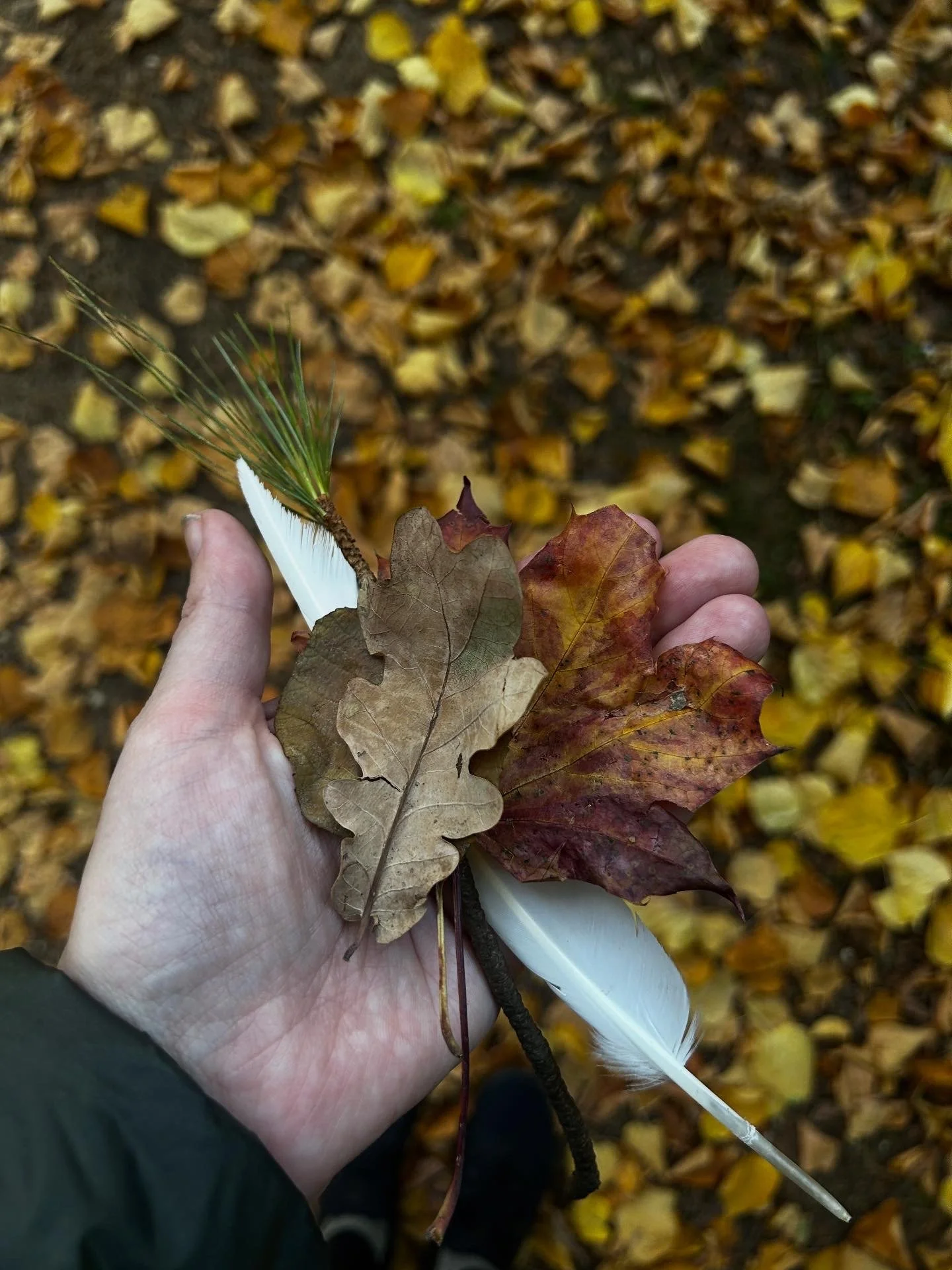The Tarot Walk
The Tarot Walk (TTW) is an interdisciplinary somatic practice blending tarot, walking, and improvisation. Developed by disabled and neurodivergent artists, it transforms grief, memory, and sensory experience into movement-based rituals of care, refusal, and embodied connection.

A methodology, a tool for practice and research.
The Tarot Walk (TTW) is a somatic and biodivergent methodology that merges tarot, movement, sound, and film to explore embodied knowledge, memory, and grief. Developed collaboratively by neurodivergent and cross-modal artists, TTW transforms sensory experience and autistic embodiment into a living, relational practice of care and refusal.
Through ritual walking, intuitive dance, stimming, and sound improvisation, TTW creates an eco-somatic field where technology, land, and body become attuned to one another. The walk is both method and metaphor — a neuroqueer choreography that navigates grief not through release, but through embodied relation, what Lauren Berlant (2011) calls “the shapeless present.”
The project brings together four artists:
Elinor Rowlands, an autistic and disabled artist-researcher, works through walking, drawing, eco-practices, tarot, photography, and film as somatic methods for sensing land, memory, and voice. Their/Her practice explores ritual, repetition, and refusal as ways to inhabit autistic temporality.
Stephanie Robinson, a circus and somatic movement artist, explores embodiment through hula hooping, sensory attunement, and fascia-based research, connecting autistic experience with ecological metaphors of water, peat, and land.
Valeria Radchenko, an embodied sound artist and access support practitioner, composes through somatic rhythm and intuitive music-making, creating live, improvisational soundscapes that respond to gesture, breath, and autistic stimming.
Sarah Edmunds, a writer and researcher in life writing and live documentation (within TTW), captures the immediacy of process through text that breathes, fragments, and loops, a written form that moves with the body and the landscape.
Gemma Oakley who runs the East Anglian Folklore Research Centre walks blindfolded in the forest using her handmade folkloric tools for listening.
Together, these artists co-compose The Tarot Walk as a neurodivergent ecology of practice, where access is not accommodation but method; where sound, movement, and writing emerge from relational sensing; and where grief and transformation are danced rather than explained.
TTW invites participants to walk, sense, and listen — to inhabit time as tidal and porous, to feel memory as embodied archive, and to reimagine what it means to know through movement, care, and collaboration.